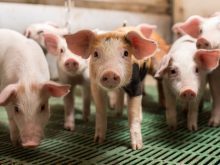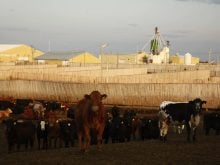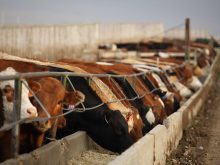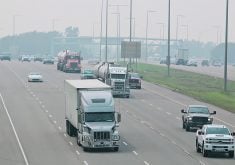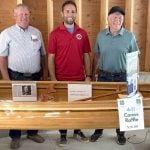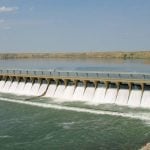Every morning former rodeo cowboy Michael Meyers works the kinks out of his 48-year-old body so he can start his day.
While his middle-aged frame may be weakened from bull riding and bareback events, his spirit still drifts to the infield where he would give almost anything to be behind the chutes.
“It’s an addiction. It’s tough to be a spectator,” said the sport and exercise science professor from West Texas A & M University in Amarillo.
Meyers joined the first international rodeo medicine conference in Calgary July 6-8 to discuss the rigours of the sport and what health professionals might do to minimize or prevent injuries.
Read Also
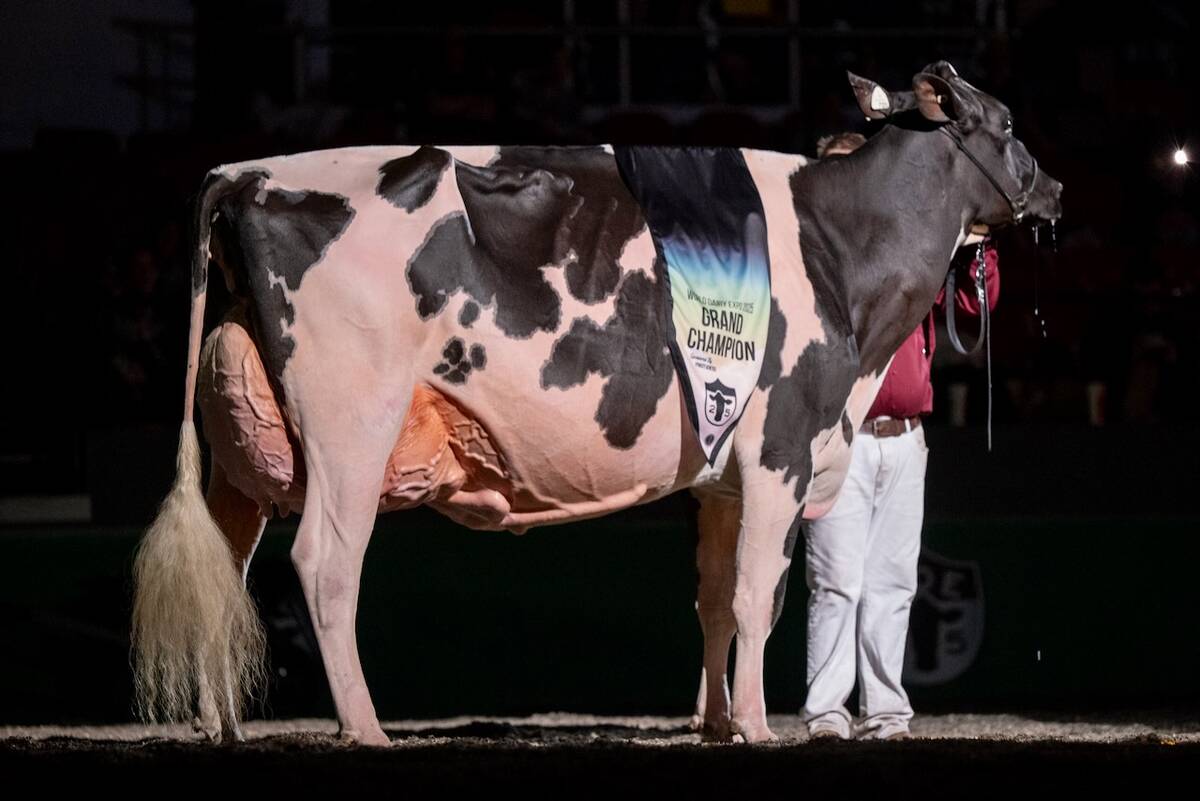
Canadian-bred cow wins World Dairy Expo Holstein show
A cow bred in Saskatchewan, Lovhill Sidekick Kandy Cane, is the Grand Champion Holstein at the 2025 World Dairy Expo.
Their aim is to start talking health care with various rodeo associations because it is not a case of if cowboys get hurt, but when, said Meyers.
A five-year study that was completed in 1999 tracked 63 professional rodeos and found 451 reported injuries. Concussions, knee and shoulder injuries were most common.
Cowboys’ ideas of injury differ from those of health-care professionals. For cowboys, a serious injury means being hauled away in an ambulance and unable to be in the rodeo the next day. The caregivers consider it a reportable injury if the athlete seeks assistance, even if the cowboy insists he can walk it off.
Rodeo is the world’s most physically traumatic sport and is practised by people who seem to fall into the thrill seeker personality type, said Meyers, who is also an adjunct professor in the psychology faculty at Texas A & M.
Besides the tough guy image, cowboys tend not to train and exercise like other professional athletes, preferring to play themselves into condition.
The nomadic lifestyle, sleep deprivation and jobs keep them out of gyms.
In other professional sports, high priced athletes are monitored more closely to protect multimillion dollar investments. Rodeo cowboys often return to action before they are healed, which could further aggravate injuries and develop later into long-term health problems.
Meyers hopes with more corporate sponsorships and bigger paydays, cowboys will follow the lead of other pro athletes.
However, they do listen to their doctors and therapists because they want to get back in the saddle again.
“Cowboys are tough. They come in when something doesn’t work,” said Willem Meeuwisse, former sports physician to the Calgary Flames hockey club. He has compared hockey and rodeo injuries, noting changes made on the ice may apply to the infield.
Meeuwisse, a member of the National Hockey League injury panel, said it found hockey injuries were lessened with better protective equipment, consistent ice surfaces and calling more penalties.
“We’re looking at the same factors to see who gets injured and who doesn’t,” said Meeuwisse, who works at the University of Calgary sports medicine facility.
Changes are most likely to start at the professional level because scientists have access to elite athletes. The next level of safety improvements will aim at the recreational and adolescent levels, he said.




